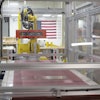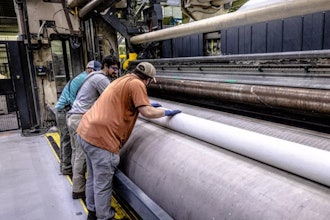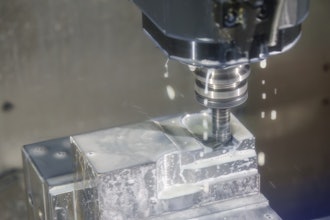The U.S. Environmental Protection Agency and the Department of Transportation’s National Highway Traffic Safety Administration finalized standards for Phase 2 Greenhouse Gas Emissions Standards and Fuel Efficiency Standards for Medium- and Heavy-Duty Engines and Vehicles to cut carbon pollution to reduce the impacts of climate change, while bolstering energy security and spurring manufacturing innovation.
The goal of the final phase two program is to promote a new generation of cleaner, more fuel-efficient trucks by encouraging the development and deployment of new and advanced cost-effective technologies. After four years of testing and research, the vehicle and engine performance standards covers model years 2018-2027 for certain trailers and model years 2021-2027 for semi-trucks, large pickup trucks, vans and all types and sizes of buses and work trucks.
“From super-duty pickups in Ohio to advanced engines and transmissions in Michigan, and from innovative long-haul trucks in North Carolina to electric transit buses in South Carolina and California, American workers are building some of the cleanest advanced trucks in the world,” says Kim Glas, executive director with the BlueGreen Alliance in a statement. “With today’s finalization of Phase 2 medium and heavy-duty vehicle standards, the United States takes another step forward in curbing climate change while providing tools to rebuild America’s manufacturing economy.”
The latest standards build on ongoing fuel economy progress and are estimated to cut emissions by 1.1 billion metric tons, save vehicle owners fuel costs of about $170 billion and reduce foreign fuel dependence by up to two billion barrels over the lifetime of the vehicles.
“Under these vehicle standards, working in concert with sound manufacturing policy, American companies and workers are demonstrating that the nation can lead in combating climate change while creating American jobs and making America’s auto sector one of the most technologically advanced and competitive in the world. We are committed to seeing this trajectory continue,” explains Glas.
Here’s more on the news:
You can also check out these additional resources:
- Fact Sheet: EPA and NHTSA Adopt Standards to Reduce Greenhouse Gas Emissions and Improve Fuel Efficiency of Medium- and Heavy-Duty Vehicles for Model Year 2018 and Beyond (PDF) (5 pp, 88 K, EPA-420-F-16-044, August 2016)
- Final Rule (PDF) (1,690 pp, 8 MB, prepublication, signed August 16, 2016)
- Regulatory Impact Analysis (PDF) (1,169 pp, 29 MB, EPA-420-R-16-900, August 2016)
- Response to Comments (PDF) (2169 pp, 13 MB, EPA-420-R-16-901, August 2016)
- See the GEM web page to read about the Greenhouse Gas Emissions Model (GEM) for determining truck compliance






















